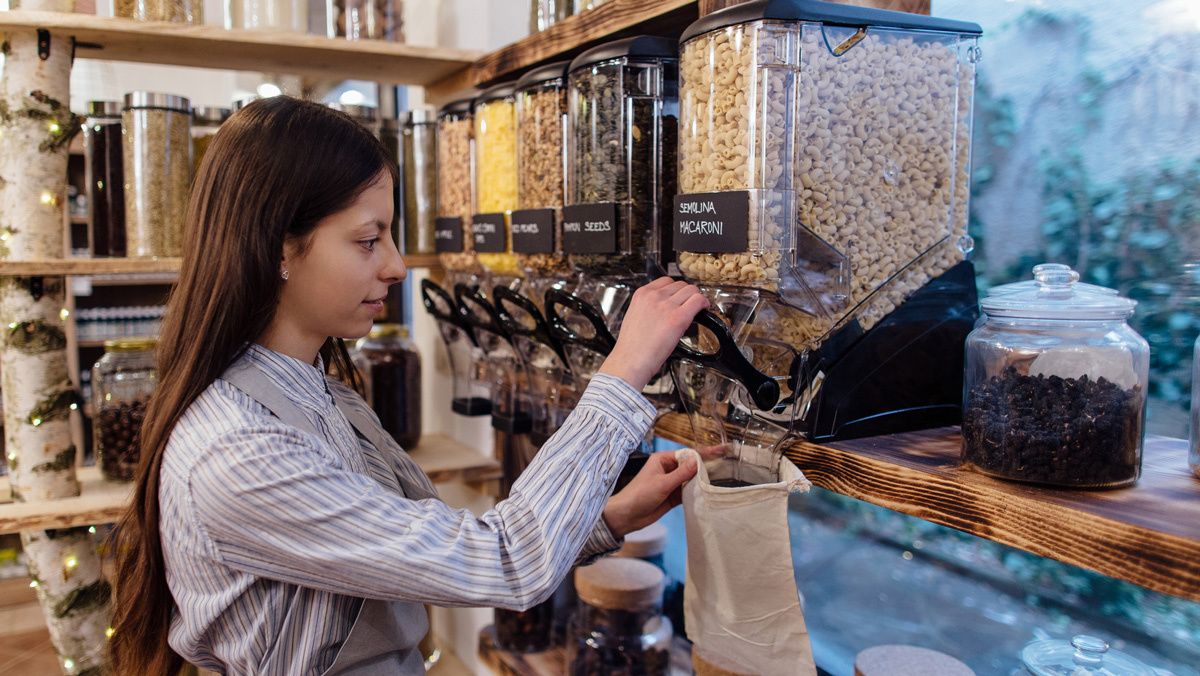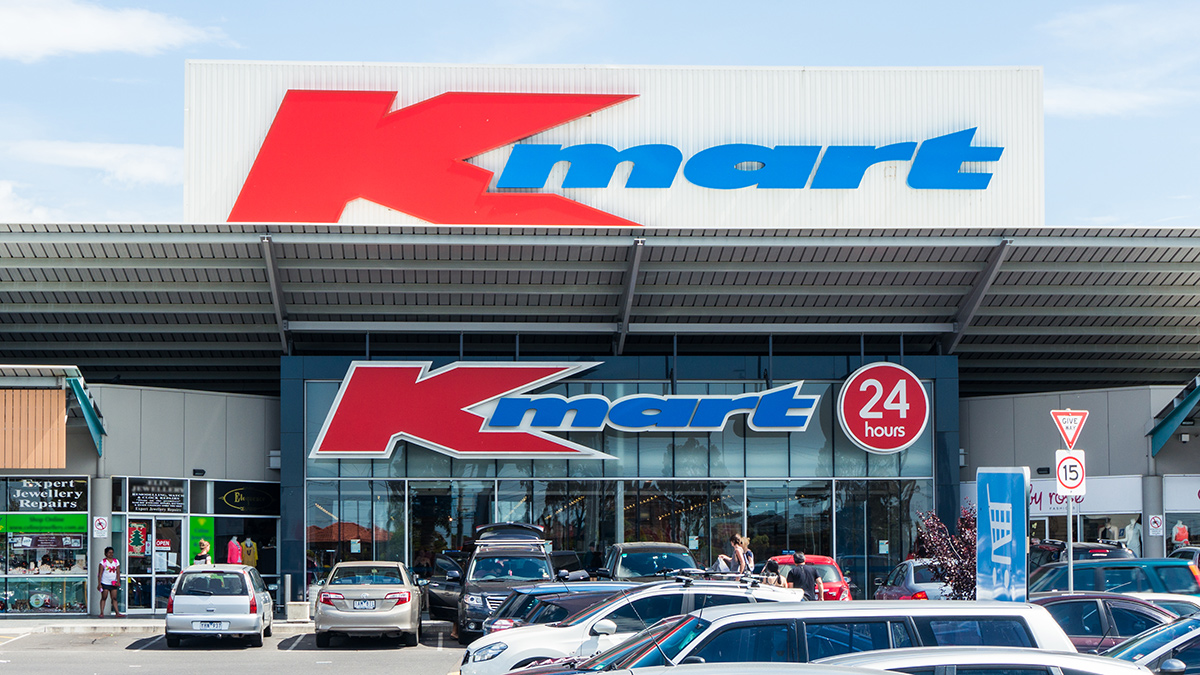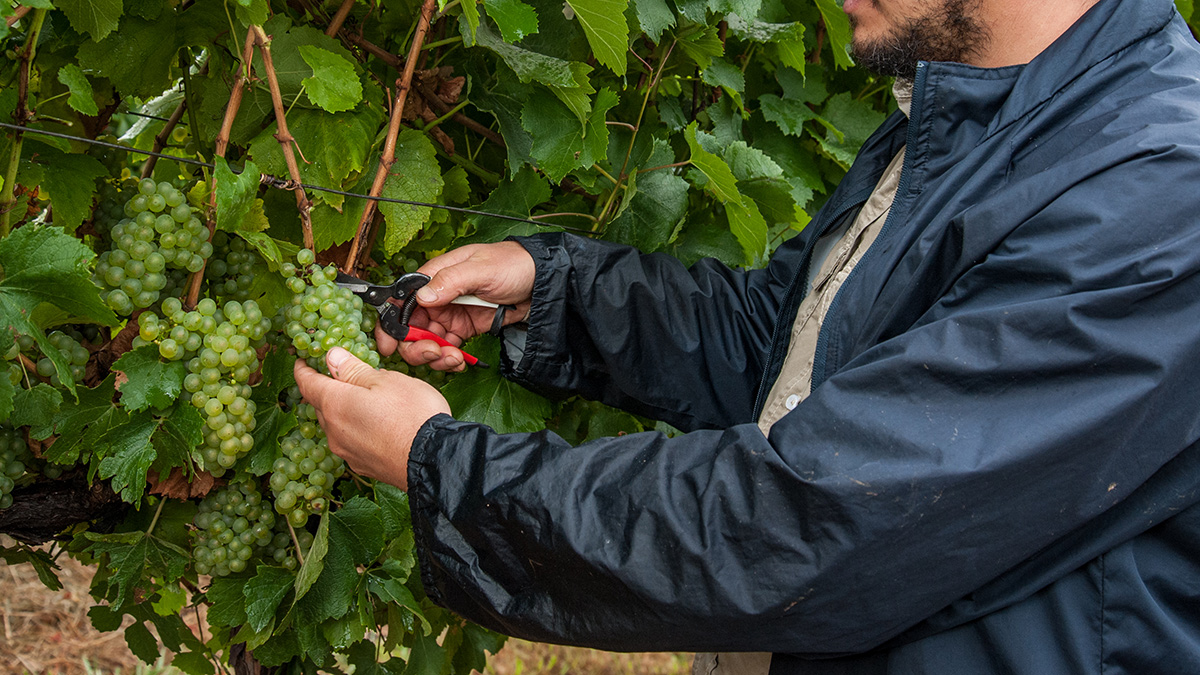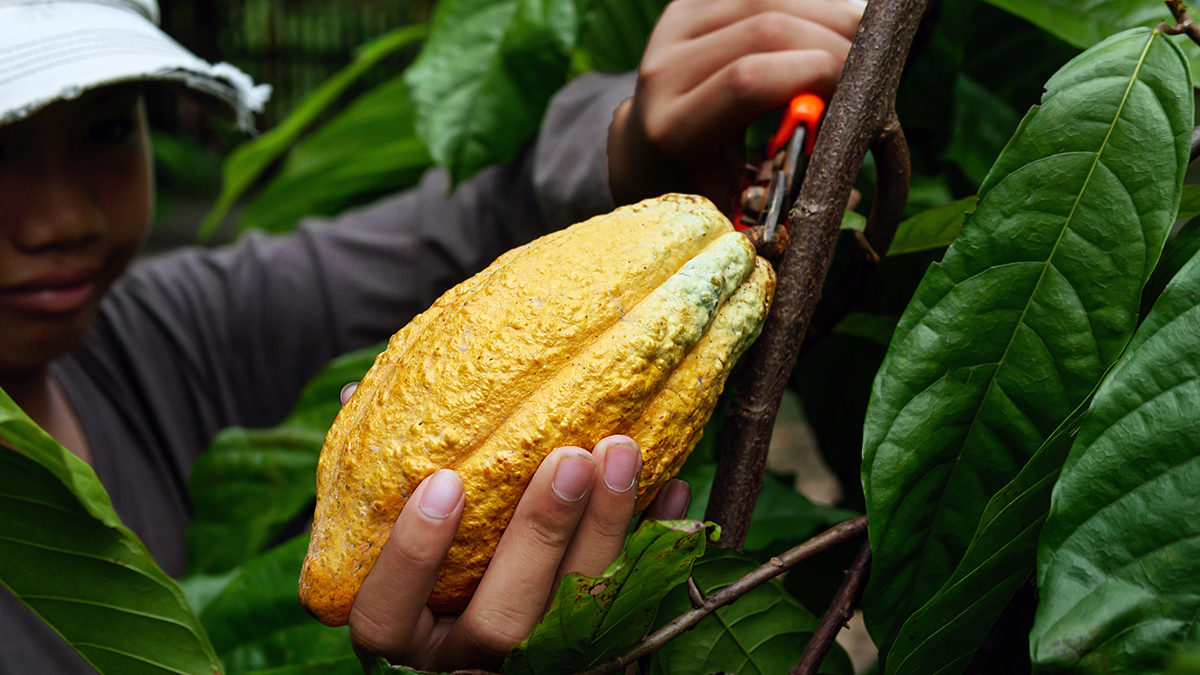Get our independent lab tests, expert reviews and honest advice.
What is ethical and sustainable shopping?

So you have decided you want to shop ethically and make sustainable shopping choices to reduce your impact on the planet and people. Now what?
On this page:
- What is ethical and sustainable shopping?
- Is it worth shopping ethically?
- Challenges to ethical and sustainable shopping
- How to recognise 'greenwashing'
- How to identify ethical brands and products
There are many issues to consider, from carbon emissions, worker exploitation and environmental damage, to animal welfare and overfishing. It can be confusing and hard to know where to begin.
To help you on your ethical and sustainable shopping journey we have put together a guide, with tips to help you identify legitimately ‘green’ businesses and products.
What is ethical and sustainable shopping?
Ethical and sustainable shopping is not about depriving yourself, but instead thinking about how your purchase choices can reduce your impact on people and the planet.
Ethical products:
- are made without using any process, material, person or animal in an unethical way
- don’t rely on modern slavery or worker exploitation
- don’t have negative impacts on local communities where the manufacturer or business operates
- avoid cruelty to animals.
Sustainable products:
- don’t deplete nonrenewable resources
- don’t directly harm the environment
- are made in a socially responsible way.
Conscious consumers
Ethical and sustainable shoppers are often referred to as ”conscious consumers” because it involves becoming aware of how a product is made and where it comes from.
You might start by thinking about which issues are most important to you. This might lead you to alter your diet to reduce the impact of the food you consume, or to seek out fair trade and cruelty-free products, or boycott companies with a history of unethical behaviour, or look to reduce your carbon footprint by considering the food miles of the produce you buy.
Whatever your priorities, you can make more informed purchasing choices by doing some research and investigating any certification or labelling programs that may apply.
Screening strategies
Once you’ve determined your priorities, there are different ways you might approach screening your purchase decisions, such as:
- ‘positive buying’ – supporting progressive companies and brands by favouring ethical and sustainable products and services
- ‘negative buying’ – avoiding unethical or unsustainable products such as fast fashion, companies that underpay their workers, or factory farmed meat
- avoiding brands or products from any company deemed to be engaged in unethical behaviour, either currently or historically, such as deforestation, palm oil sourcing, forced labour, or greenwashing.
You can combine all three strategies for a fully screened approach to evaluate which brands or products are the most ethical and sustainable overall.

Is it worth shopping ethically?
Ethical shopping takes the view that, whenever you make a purchase, you help a business to profit and, by extension, support its practices.
When you choose ethical and sustainable options, you are voting with your wallet for products that are ethically made. Increasing demand encourages companies to make more of the same, and discourages others that ignore the environmental and social consequences of their actions.
Challenges to ethical and sustainable shopping
Unless the item you are buying is clearly labelled as ethically or sustainably sourced, and the certifications are robust and transparent, it can be hard to tell how a product has been made.
A company isn’t going to promote that its clothing is made in a sweatshop or that the cocoa it sources contributes to illegal land clearing. And, unless a company is putting in the effort to fully trace their products, they may not even know the true human or environmental impact of their supply chain.
A company isn’t going to promote that its clothing is made in a sweatshop or that the cocoa it sources contributes to illegal land clearing
This is where product certification comes in – to help you more easily identify ethical and sustainable products, services and businesses. However, certifications need to be up to scratch with strong standards, auditing and certification procedures.
For example, the Marine Stewardship Council (MSC) sets a standard by which sustainable fisheries can be assessed and eco-certified. But while the certification is seen as having a positive impact and as an indicator of a fishery’s success, it has also come under criticism for weak standards and lenient third-party certifiers, somewhat undermining the intentions of the program.
How to recognise ‘greenwashing’
Greenwashing is when a company or business, intentionally or not, leads consumers to believe that a product or service is more ethical, sustainable or “green” than it actually is.
In March of this year, the ACCC announced that Environmental, Social, and Governance (ESG) claims and greenwashing will be new priorities over 2022–23. They will be focusing on misleading environmental and sustainability claims, in part because consumers have no way to test the validity of green credentials or other claims (such as carbon neutral).
The ACCC announced that Environmental, Social, and Governance (ESG) claims and greenwashing will be new priorities over 2022–23
Other regulators also have greenwashing in their sights. In June 2022, ASIC, Australia’s corporate, markets, financial services and consumer credit regulator, flagged the greenwashing of superannuation and managed funds as a priority area.
How to spot greenwashing:
- Look for third party certifications. Businesses with trusted certifications such as Fair Trade, B Corp, or GECA have passed a third party assessment so you can trust that their sustainability statements are legitimate.
- If you are not sure if the certification is legitimate, look it up online. Check to see what it stands for, that claims are backed up by evidence, whether the organisation implementing the certification is independent, how they certify, if they are backed or supported by governments or other reputable organisations, whether they use any ISO standards and if they regularly audit the products, businesses and services they certify.
- Don’t let aesthetically pleasing packaging with images from nature or green branding fool you – read labels critically.
- Beware of claims such as “green”, “plant-based”, “planet friendly”, “eco friendly”, “chemical free” and “100% natural” – look for evidence and substantiated claims not just buzzwords.
- Ask questions, when a business makes a claim about their environmental impact on their label, go to their website and look for more information. Do they have reputable partnerships, invest in socially or environmentally sustainable projects, have certification and meet ISO standards, is there evidence of their positive impacts? If this information seems intentionally vague, this may indicate greenwashing.
Check the reviews on CHOICE. We’ve recently partnered with Shop Ethical to provide ethical ratings on products like laundry and dishwasher detergents, with more products and future tests set to show ethical and sustainability ratings.
How to identify ethical brands and products
For businesses looking to become fully sustainable and ethical, the process can take time. There may be limited alternatives to a product or component, or technology required that doesn’t yet exist. There may be a journey of trial and error, auditing, follow up, and adaptation.
A product may not yet be sustainable, but overall the organisation may be making broader efforts to improve their sustainability. And, vice versa, a product may be environmentally friendly, but the company may have unethical economic activities or their overall environmental impact may be destructive.
It can still be beneficial to support businesses and products where an effort is being made to improve their practices
However, it can still be beneficial to support businesses and products where an effort is being made to improve their practices, even if those practices are not quite perfect or are a work in progress, because it increases demand for ethical and sustainable products.
Tips for spotting ethical and sustainable products
- Look for brands that have clearly outlined goals and targets on climate change, green energy or logistics, reduced packaging, traceability, slave labor, animal cruelty, investing in disadvantaged communities where they operate (such as providing schools and better access to amenities), or sourcing renewable, ethical resources. These targets should be stated on their website or found in annual, sustainability or shareholder reports.
- Check to see that goals are being met and worked towards with the intention of positive real world change. Policies should be supported by action.
- Look for ethical or sustainable certifications. These can indicate a focus on environmental considerations, social stability, accountability, and transparency. Small or new brands may not have certifications, but any brand that makes sustainability or ethical claims should have some proof to back them up.
- Is the product certified fair trade or made using ethically sourced labour?
- Has it been made from renewable resources, recycled or certified sustainable materials?
- How much packaging is used and is it recyclable or made from renewable or recycled materials?
- Is the product repairable and well made? Are replacement parts available?
- What happens to the product at the end of its life? Is it recyclable, biodegradable, or does the company have a collection or returns system in place?





